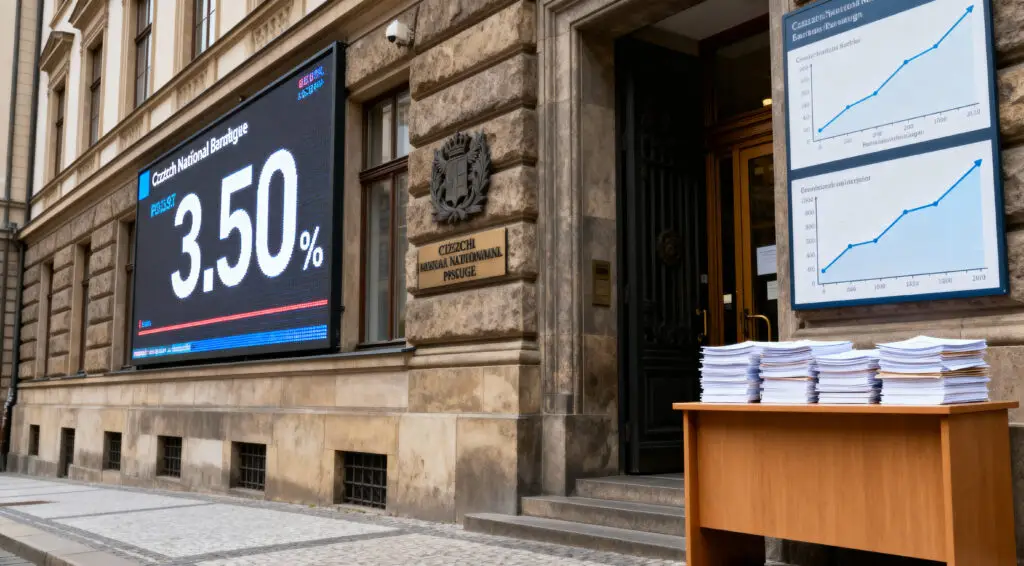Bitcoin Supply Crunch: Halving Cuts and Scarcity
Bitcoin’s fixed supply of 21 million coins is more than a theoretical cap—by mid-2025, it’s becoming a real constraint. Over 93% of all BTC has already been mined, and the April 2025 halving slashed miner rewards in half from 6.25 BTC to 3.125 BTC per block.
As fewer coins enter circulation, Bitcoin’s supply growth rate now falls below 1% annually. This halving effect, paired with reduced sell pressure from miners and long-term holders, is causing a growing supply imbalance that could result in sustained price pressure upward.
Institutional Hoarding: MicroStrategy’s Relentless Buying
At the center of institutional Bitcoin hoarding is MicroStrategy, led by executive chairman Michael Saylor. Since 2020, Saylor has turned the software firm into a Bitcoin accumulation machine, utilizing debt, equity, and cash reserves to buy BTC aggressively. As of mid-2025, MicroStrategy holds approximately 582,000 BTC—about 2.75% of total supply—and continues monthly purchases. This level of commitment has inspired other corporates to follow suit, contributing further to the rapid drain of Bitcoin from liquid markets.
Long-Term Holders: Supply Sitting Idle
An estimated 70% of Bitcoin has not moved in at least a year, signaling that most of the supply is in the hands of long-term holders or is lost forever. These coins are either held in cold storage, by institutions, or lost in inaccessible wallets. This dramatically reduces the amount of Bitcoin available for trading, especially on exchanges. Analysts warn that this creates ideal conditions for a potential “supply shock”—a moment when demand sharply rises, but available BTC cannot meet it, causing price spikes.
Bitcoin ETFs: Accelerating the Illiquidity
The 2024 approval of spot Bitcoin ETFs in the U.S. and abroad has brought a new wave of institutional demand. Funds like BlackRock’s iShares Bitcoin Trust (IBIT) have been absorbing hundreds of millions in daily net inflows, with IBIT alone pulling in $6.35 billion in May 2025. When ETFs buy Bitcoin, the coins are placed into cold custodial storage, effectively removing them from the active supply. This process significantly reduces liquidity on trading platforms, making the market more reactive to sudden price changes.
Exchange Reserves: Multi-Year Lows
The impact of institutional accumulation is visible in on-chain metrics. As of June 2025, just under 11% of all BTC is held on exchanges—the lowest level since 2018. This means traders have fewer coins available for immediate buying and selling, leading to thin order books. In such an environment, any influx of buying pressure could have outsized effects, increasing both volatility and the risk of sharp upward price movements.
Market Dominance: Whales Control the Flow
The top 100 Bitcoin addresses collectively hold around 15% of the total supply, many of which belong to ETF custodians, centralized exchanges, or corporate treasuries like MicroStrategy. While some analysts raise concerns about market centralization, others argue that these whales are long-term holders unlikely to sell quickly. This concentration of ownership, combined with reduced miner selling and ETF hoarding, is building a fragile balance that could tip if demand continues to grow.
Halving Impact: Reduced Inflation, Increased Pressure
The fourth Bitcoin halving event in April 2025 has dramatically reduced the issuance of new coins. With only 3.125 BTC created per block, miners are incentivized to hold rather than sell, especially during bullish conditions. This has decreased sell-side liquidity further, compounding the effects of long-term holding and institutional hoarding. As the newly mined supply dries up, buyers must increasingly compete for the small amount of Bitcoin that remains available.
Bitcoin Price Forecast: Slow Squeeze or Sudden Spike?
Rather than a dramatic, one-time shock, Bitcoin’s supply crunch is expected to be a gradual yet persistent force in the market. As more BTC is locked away in ETFs and corporate treasuries, and fewer coins are mined or sold, the remaining tradable supply continues to dwindle. If investor demand accelerates—especially from retail and sovereign entities—the limited supply could drive a sharp rally, reinforcing Bitcoin’s scarcity value. Whether the squeeze culminates in slow upward pressure or an explosive breakout depends on the pace and breadth of continued accumulation.























